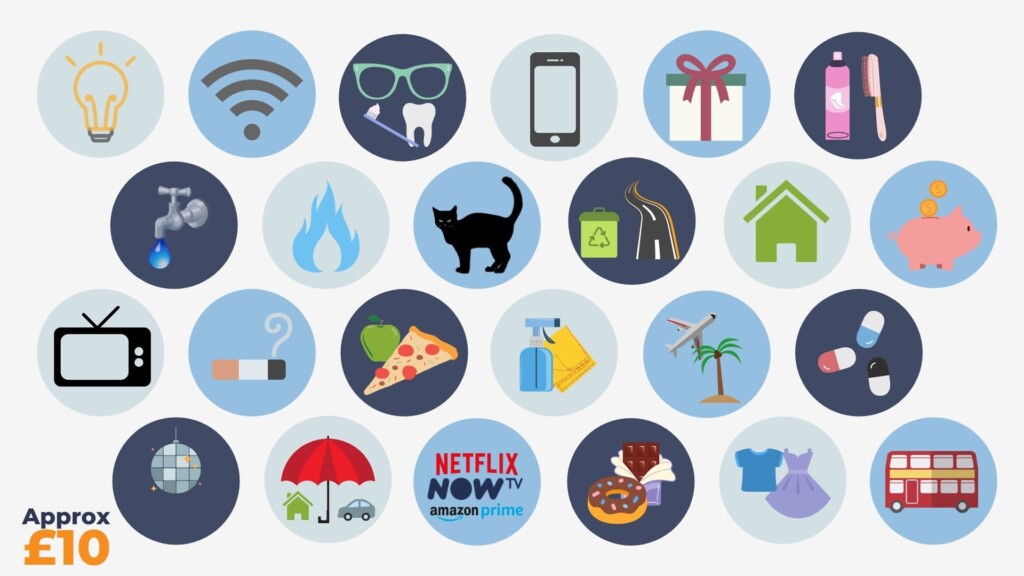But for Covid19, we wouldn’t have made it blended for a start. But let me go back a bit. Over the years we’re run a few Open Days. We’ve planned as a team to showcase what we do and invite a few partners. In the early days they were often previous colleagues of mine or people who just latched onto what we did. We didn’t have lots of customers.
We would run it around three days a year (how did we have the time?), down tools, throw open the doors and welcome people with the lure of the kettle being on. Generally lovely people turned up for a couple of hours, a cuppa and some cake. It was ‘nice’, quite fun and oddly good for team building and time together. Was it an impactful and effective use of our time? Not so much.

Covid19 of course meant no Open Days at all for a while. It meant a focus on survival, wellbeing, reaching people in crisis and everyone’s favourite, ‘pivoting’. So here we are, with super keen and new members of the team, a cautious and safe return to face to face and a five-year growth plan. Open Days, naturally on the back burner when you’re busy, but also a vital part of our marketing strategy. What should a ‘post Covid19’ Open Day look like? ‘Blended’ of course.
The simple joys of the new ideas that new team members bring. Once you’ve seen collaborative working, trusted people to be creative, provided the parameters for that work, you can’t unsee it. Our first ever Blended Open Day in September was our best yet, and I mean in terms of quality rather than quantity.
Here’s what we learnt:
- It’s a team task as well as an opportunity. Whilst on the face of it, it’s more work, it’s a chance to do some lateral thinking, across projects instead of vertically and to collaborate across different workstreams. It’s also a chance to have a bit of a free reign and create your own offer. We provided three webinars online that attendees could choose to attend as well as a treasure hunt that showcased us in the office.
- It’s quality and not quantity. Of course people won’t turn up. Anyone who has put something on for free, knows this. Oversubscribing, especially with our highly interactive approach, puts the team on edge and it can be a lot of pressure to perform. I still hold with oversubscribing by about 50%.
- It’s all about timing. We ran it in September. This means that most of the marketing was over the summer. This is not a great time, even during the year of staycation. The timing was about our work pressures and not that of our target attendees. We’d be really interested to try a different time of the year.
- Showcase what you do. Webinars and face to face content by necessity actually meant that everyone had a clearly defined role, we got to show all aspects of our expertise and most importantly, people felt catered for and could engage in a way that suited them. Online attendees were not second class citizens and of course we got to record it and share it online too.
- Mop up is as important as marketing. The focus can easily be on the doing on the day and the promoting. Just as important, and if not more so if this is about generating business, is your strategy for follow up. How will you get people to sign up on the day, provide feedback and gain their permission to follow up and start a conversation as a ‘warm lead’?
- People love choice and freebies. Face to face and webinars gave people choice. The trainees we work with aren’t the only people who learn and engage in unique ways. We all do, so why wouldn’t we, as a business that describes itself as ‘innovative, engaging and fun’, create multiple ways to get involved? Oh, and there were free resources for those that attended, cupcakes with our tenancy sustainment modules on them and prizes too!
Why on earth didn’t we think of ‘blended’ without the Covid19 nudge?

